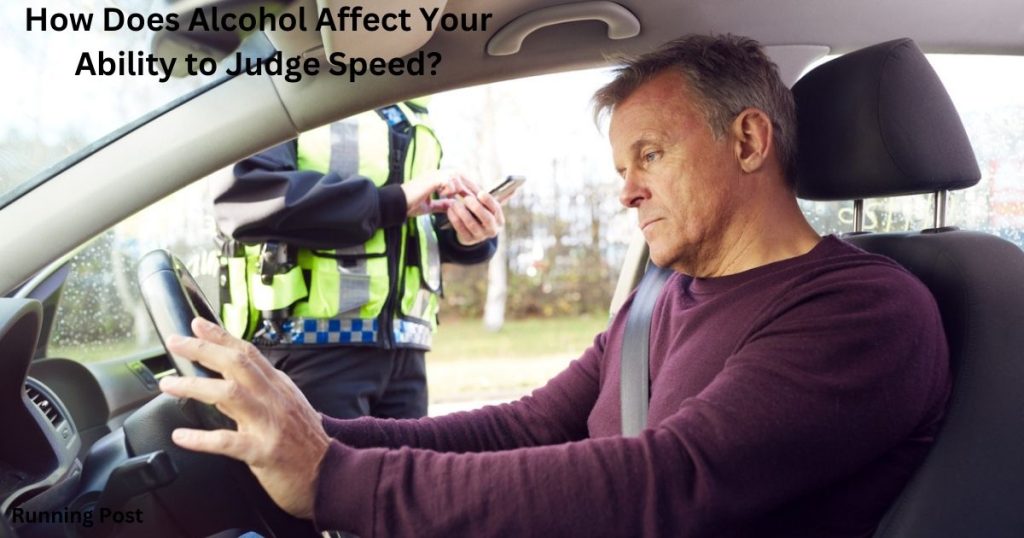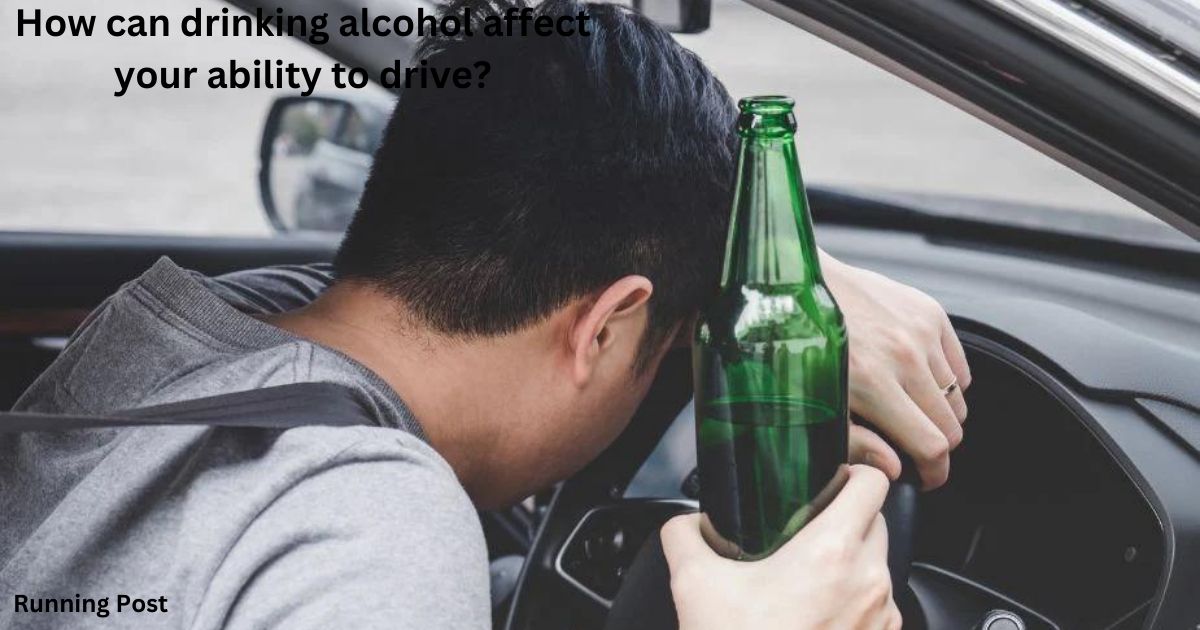| A: Your awareness of danger will be improved | B: Your ability to judge speed will be reduced | C: Your confidence will be reduced | D: Your reactions will be faster |
Understand The How Can Drinking Alcohol Affect Your Ability to Drive?
Drinking alcohol significantly diminishes your ability to drive safely. Alcohol impairs several of your cognitive and physical functions, leading to dangerous driving behaviors. One of the most critical ways alcohol affects your driving is by reducing your ability to judge speed. Many people think they are still capable of driving after a few drinks, but the effects of alcohol can be subtle and gradual, making it harder to recognize just how impaired you are.
Beyond speed judgment, alcohol affects your reaction time, ability to make split-second decisions, and awareness of your surroundings. These impairments often lead to overconfidence, where you feel in control of the vehicle when you’re not. With delayed responses, slower reflexes, and reduced awareness of road conditions, the likelihood of accidents skyrockets. Driving under the influence of alcohol isn’t just illegal; it’s reckless and potentially life-threatening for you and everyone around you.
This section will delve into specific aspects of how alcohol disrupts your driving abilities, touching on speed judgment, behavior, vision, coordination, and more. Understanding these effects is crucial to making responsible decisions when alcohol is involved.
The Impact of Alcohol on Your Driving Skills
Your ability to judge speed will be reduced. When alcohol enters your bloodstream, it starts affecting your brain functions, particularly those associated with coordination and motor skills. This impairment leads to a significant reduction in your ability to judge speed, distance, and time correctly. You might feel like you’re driving at a safe speed, but in reality, you’re going too fast or too slow for the road conditions.
Moreover, your coordination is compromised, making basic tasks like steering or braking more difficult. Alcohol also lowers your reaction time, so you’re less able to respond quickly to sudden changes on the road, such as a pedestrian crossing or another vehicle making a sudden stop. These delays in judgment and response are often what lead to accidents.
Driving under the influence of alcohol can also impair your ability to maintain control of your vehicle. You might find it hard to stay within your lane or judge the correct distance between your car and others. These subtle impairments build up and create a situation where a serious accident becomes more likely.
How Does Alcohol Affect Your Ability to Judge Speed?

Alcohol diminishes your ability to gauge distances and speeds accurately. This impaired perception makes you more prone to driving at inappropriate speeds—too fast on curves or too slow on highways. When you’re under the influence, your brain struggles to process the speed at which you’re moving compared to stationary objects or other vehicles. This is particularly dangerous in situations where precise speed control is crucial, such as merging onto highways, navigating intersections, or slowing down for stop signs.
Additionally, alcohol impairs your ability to assess how much time it will take to stop your vehicle safely. Underestimating stopping distances leads to rear-end collisions, and failing to notice changes in speed limit signs or road hazards can exacerbate the risk of accidents. This is why even low levels of alcohol can significantly compromise your driving ability and increase the likelihood of being involved in a crash.
The reduced ability to judge speed also impacts your interaction with other drivers. Misjudging their speed or failing to notice them entirely can lead to sideswipes, merging errors, and lane-change accidents.
You Also Like It:
When may you drive a motor car in this bus lane?
Where would you expect to see these markers?
How Does Drinking Alcohol Affect Your Behavior?
Alcohol affects decision-making by lowering your ability to think critically and rationally. Impulsive actions become more common, leading to risky behavior like speeding, tailgating, or overtaking dangerously. The overconfidence that often comes with alcohol consumption makes drivers believe they are more capable than they actually are, resulting in aggressive driving or failure to follow traffic rules.
Additionally, alcohol impacts emotional control, leading to feelings of frustration or anger that can translate into road rage or poor judgment. Alcohol slows your brain function, reducing your ability to focus and multi-task—both of which are essential when navigating traffic and managing unexpected situations on the road.
Conclusion
Drinking alcohol impairs your ability to drive safely by affecting your judgment of speed, reaction time, and coordination. These impairments increase the risk of accidents, making driving under the influence not only illegal but highly dangerous for everyone on the road. Beyond physical effects, alcohol also changes your behavior, leading to overconfidence, impulsivity, and sometimes even aggressive driving.
The consequences of drink driving are far-reaching, from legal penalties like fines and license suspension to long-term health risks associated with regular alcohol consumption. It’s essential to understand that even small amounts of alcohol can significantly impair your driving skills. To stay safe and protect others, it’s always better to avoid driving after drinking by planning alternative transport options like ride-sharing, taxis, or relying on a designated driver.
You Also like It:
When should you leave a two-second gap between your vehicle and the one in front?
What should you check for wear or damage on a drawbar unit?
You see a pedestrian carrying a white stick with a red band. What does this tell you?
Releated Posts
MAB Instructor Certification: Your Gateway to Professional Crisis Management Leadership
In today’s fast-evolving professional environments—especially in healthcare, mental health, education, and corrections—conflict and aggression can arise without warning.…
Freewayget.com: Your Ultimate Platform for Deals, Discounts, and Digital Products
Introduction to Freewayget.com In today’s fast-paced digital world, finding reliable platforms that offer authentic discounts, deals, and digital…
Affordable & Fast Embroidery Digitizing Services in Your Area
Embroidery digitizing services provide corporations, designers, and people with brilliant embroidery-equipped designs by means of changing art work…
Introduction to hdhub4u nit
In this article, we will delve into the details of hdhub4u nit, exploring its features, benefits, and why…

















